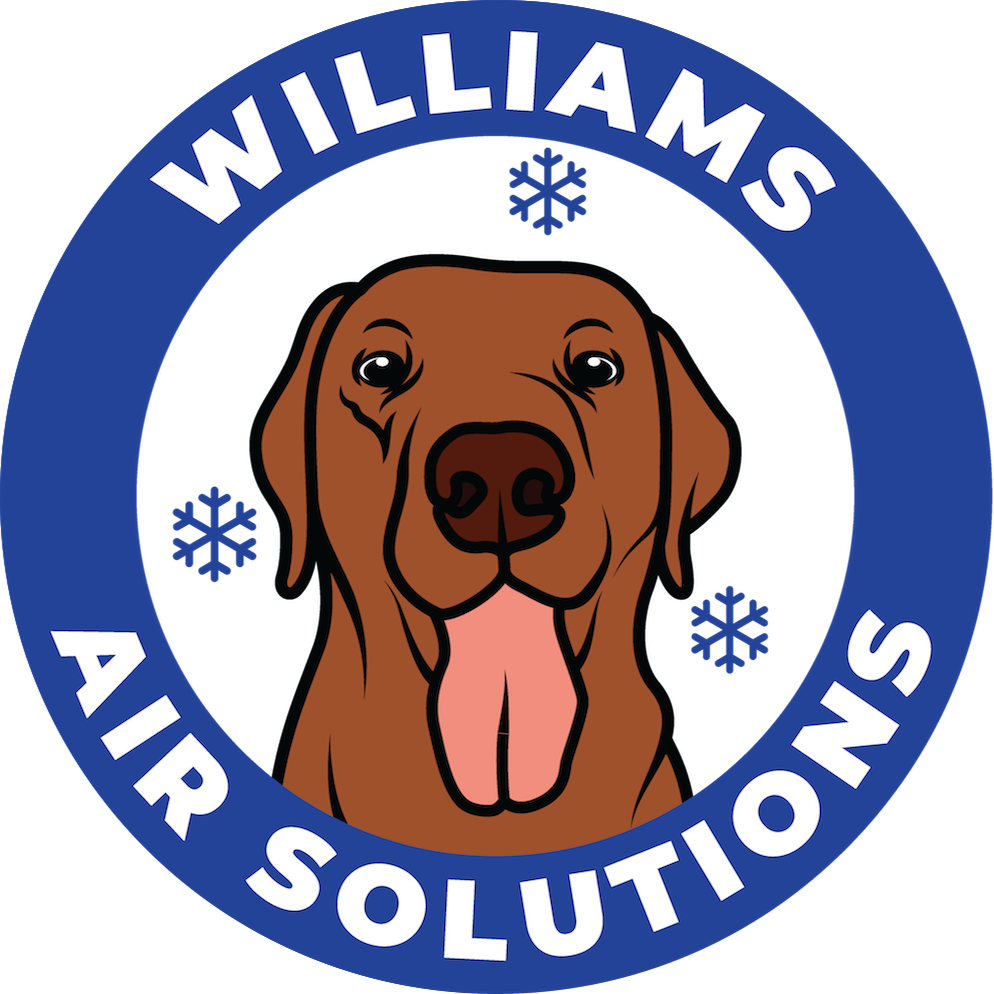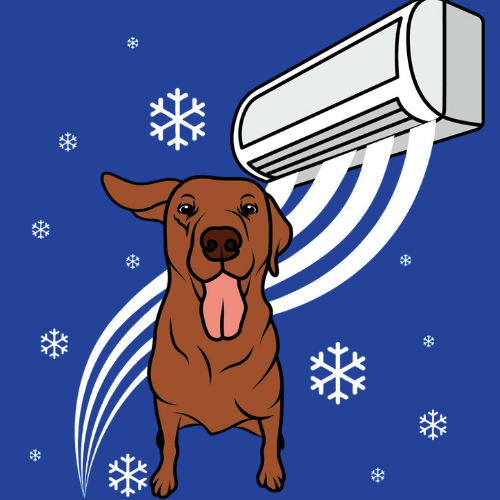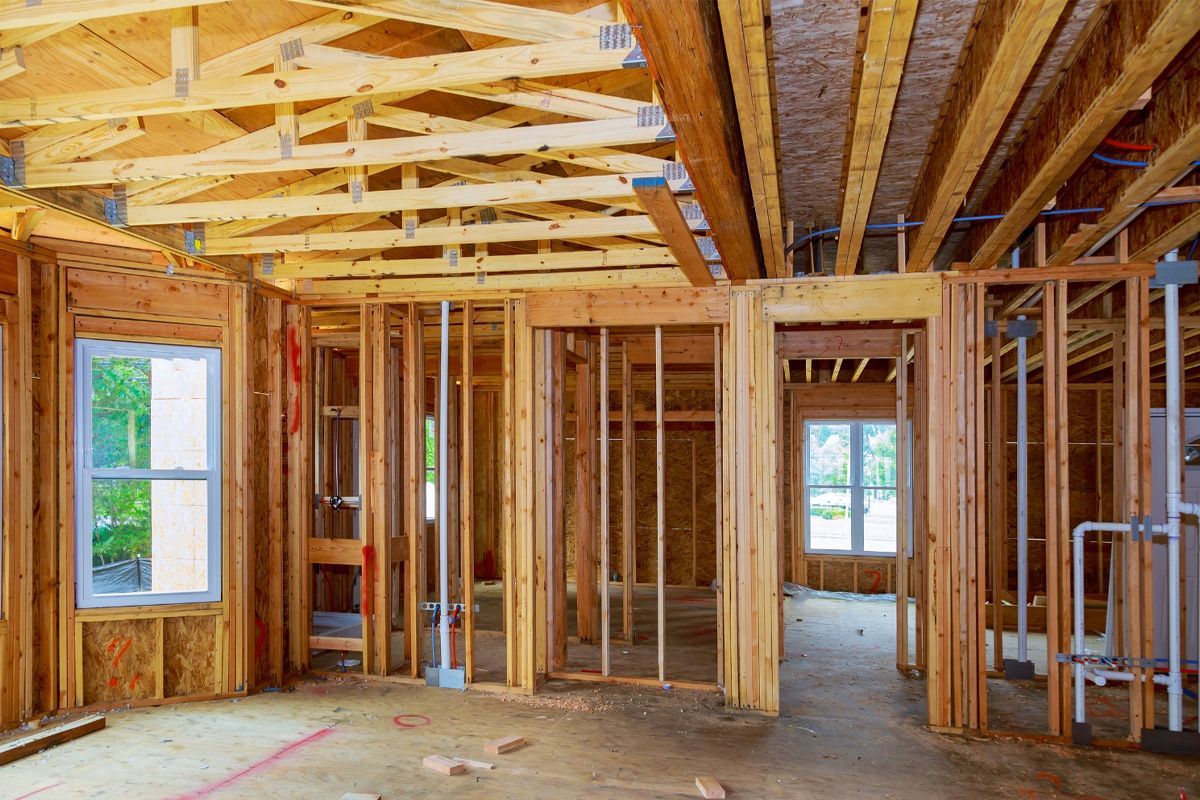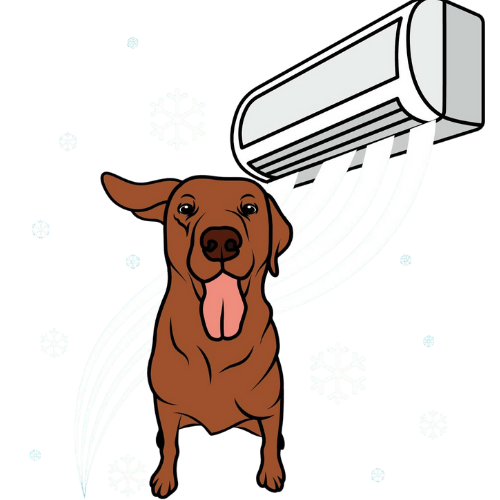Preparing Your Commercial HVAC System for Florida’s Hurricane Season
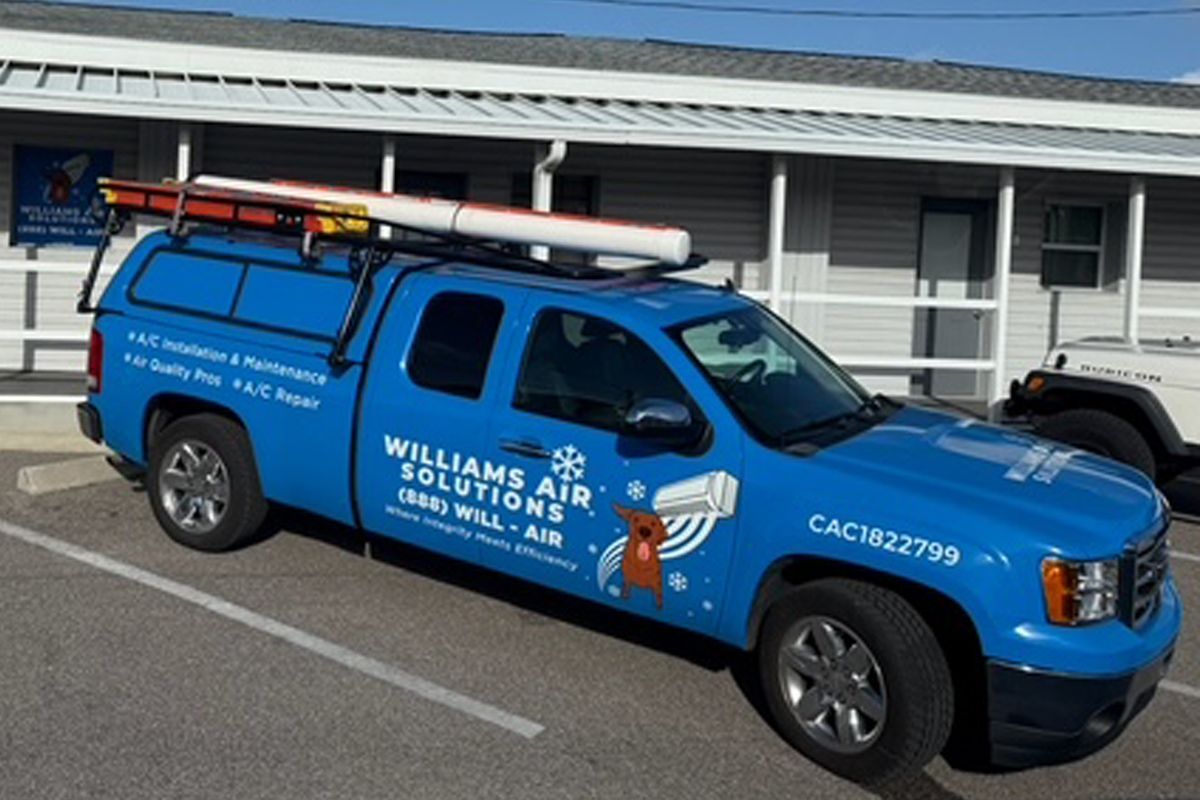
For businesses across Florida, hurricanes and tropical storms are more than just an inconvenience, they can threaten safety, disrupt operations, and damage critical equipment. One often-overlooked asset at risk during hurricane season is the commercial HVAC system.
Commercial units are a major investment, and without proper preparation, high winds, flooding, and power surges can cause costly damage. The good news is that proactive planning helps protect your system and ensures your business can recover quickly after a storm.
Here are the steps every business owner in Pinellas County should take to prepare their commercial HVAC system for hurricane season.
1. Schedule a Pre-Storm Inspection
Before hurricane season begins, have your system inspected by a licensed HVAC contractor. A professional inspection will:
- Check electrical components for wear that could worsen in a storm
- Ensure units are properly anchored to their pads
- Verify drainage lines are clear to prevent flooding-related damage
- Identify vulnerable parts that should be repaired or replaced ahead of time
A tune-up not only improves efficiency but also ensures your system is storm-ready.
2. Anchor and Protect Outdoor Units
Commercial HVAC systems are often installed on rooftops or exterior pads, leaving them fully exposed to high winds. Units should be secured with hurricane-rated straps or brackets. For rooftop units, confirm the roof and mounting structures are reinforced to handle both wind and heavy rain.
Best Practice: Install protective cages or barriers to shield equipment from flying debris without restricting airflow.
3. Shut Down Safely Before the Storm
Running your HVAC system during a hurricane increases the risk of electrical damage if flooding or power surges occur. Before the storm arrives:
- Turn off the system at the breaker
- Power down thermostats
- Ensure backup generators are tested and ready for post-storm operation
This step prevents damage to sensitive electrical components and helps the system restart safely once conditions stabilize.
4. Protect Against Power Surges
Lightning strikes and sudden outages are common during hurricanes. A surge protector or power management device can save thousands of dollars in repairs by protecting compressors, circuit boards, and controls from electrical damage.
5. Plan for Flood Risks
If your commercial HVAC system is at ground level, flooding can pose a serious threat. Options to reduce risk include:
- Elevating equipment on raised platforms
- Installing water diversion barriers around the unit
- Ensuring nearby drainage systems are clear before storms hit
6. Schedule a Post-Storm Inspection
Even if your system looks fine, hidden damage can prevent safe operation. After a storm passes, have an HVAC professional inspect for:
- Water intrusion inside electrical panels
- Damage to coils or refrigerant lines
- Shifts in rooftop or pad-mounted equipment
- Clogged coils from storm debris
Never restart your system until it has been cleared by a licensed technician.
Real-World Example in Pinellas County
A commercial property in St. Petersburg, FL took proactive steps before a hurricane by anchoring their rooftop units and installing surge protection. While nearby businesses reported major system failures, their HVAC systems survived the storm with minimal downtime, allowing them to reopen faster and avoid expensive emergency replacements.
Preparing your commercial HVAC system for hurricane season is about more than protecting equipment, it’s about protecting your business. By scheduling inspections, securing units, planning for safe shutdowns, and protecting against surges and floods, you can save thousands of dollars and recover quickly after storms.
At Williams Air Solutions, we partner with Pinellas County businesses to ensure HVAC systems are storm-ready and built to last.
Call Williams Air Solutions at (727) 353-0090 today to schedule your pre-storm commercial HVAC inspection.
